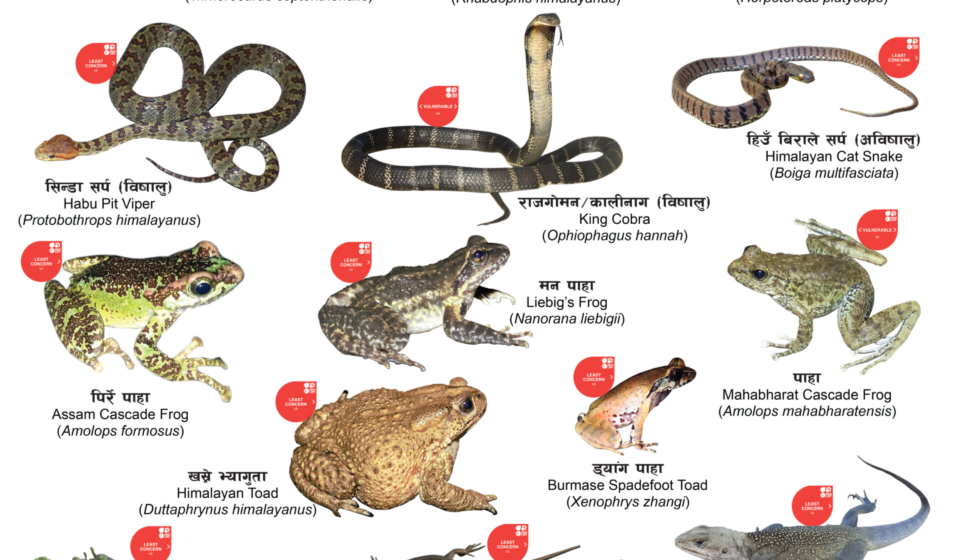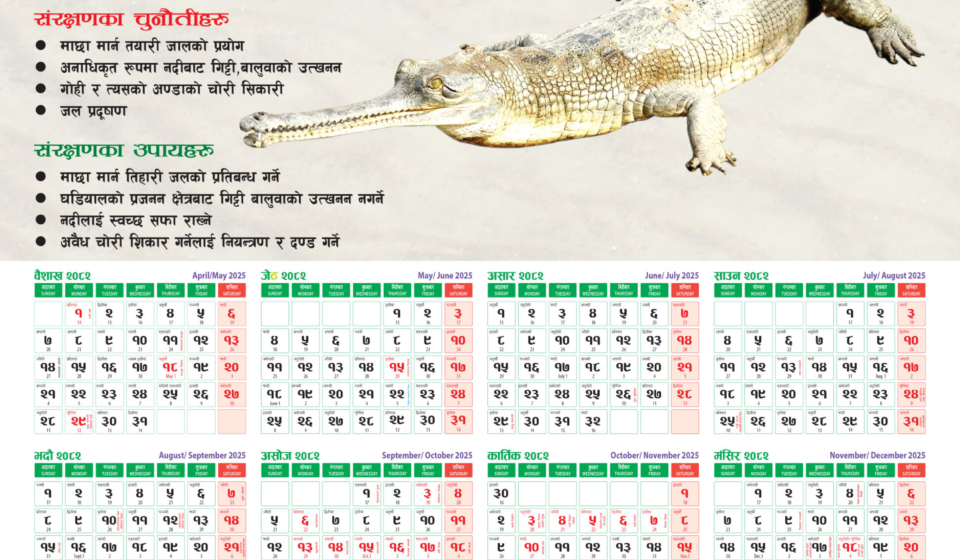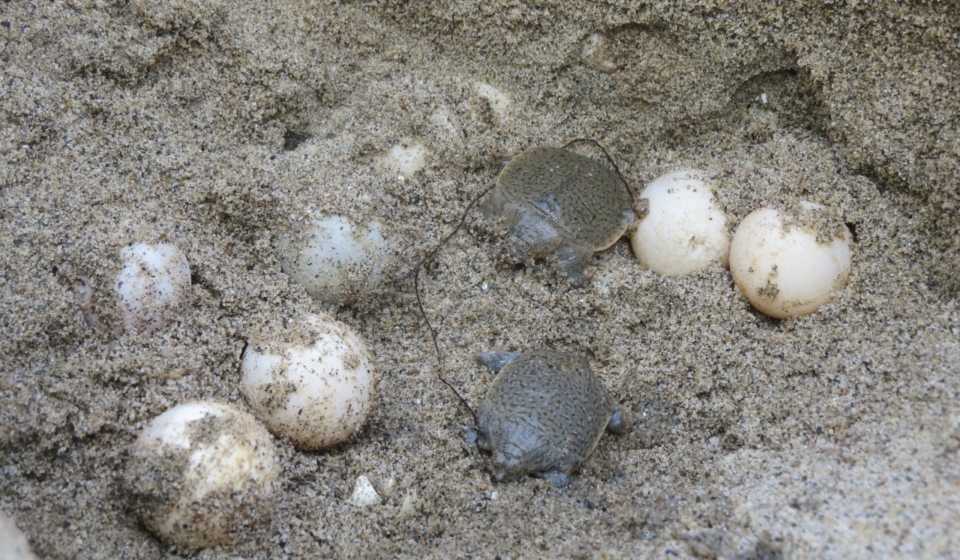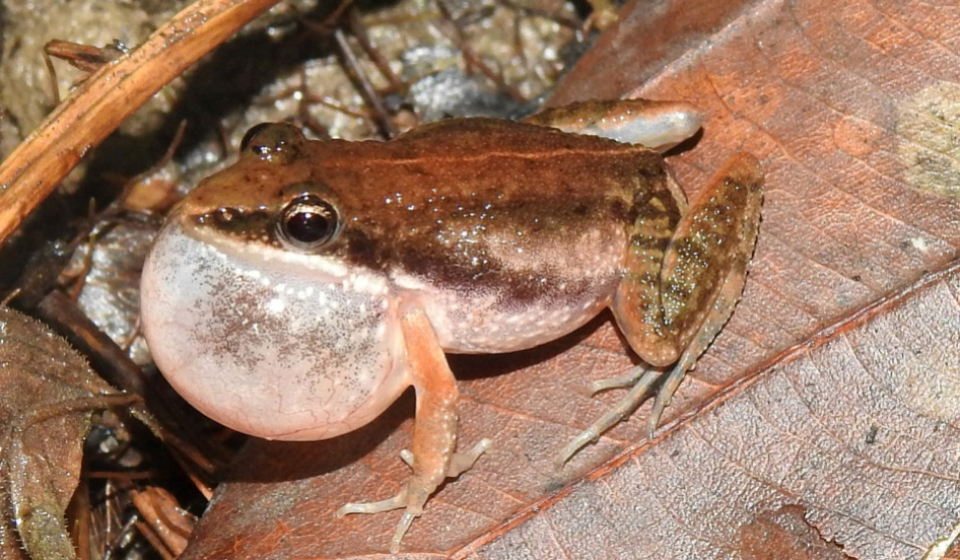Authors: Hari Prasad Sharma, Hem Bahadur Katuwal, Bishnu Prasad Bhattarai, Shivish Bhandari, Dipendra Adhikari, Bishnu Aryal, Krishna Tamang, Amrit Neupane, Sabin KC, Basudev Baral, Surya Devkota, Dev Narayan Mandal, Sandeep Regmi
Abstract: Understanding factors associated with coexistence of human and wildlife in human-dominated landscapes is crucial for effective species conservation. Among the wildlife species, the sloth bears Melursus ursinus are found both inside and outside the protected areas of Nepal, and with increasing cases of human and bear conflicts in both areas. This highlights the necessity for a comprehensive understanding of anthropogenic and ecological factors that affect the occurrence of sloth bear. The
understanding of these factors is important for its coexistence and conservation in human-dominated areas through establishing management and conservation action plan. We studied the sloth bear’s occupancy and their coexistence in human-dominated environments with other large predators in the Parsa–Koshi Complex of Nepal using camera traps from December 2022 to March 2023. We identified the occupancy and detection probability of the sloth bear as 0.12 and 0.31, respectively.
Our analysis reveals a positive relationship between sloth bear occurrence and the presence of large predators (βpredators = 3.104 ± 0.968), such as tigers (Panthera tigris) and leopards (Panthera pardus), as well as the number of humans detected (βhuman = 1.428 ± 1.216) and canopy cover percentage (βcc = 1.002 ± 0.737). However, the number of livestock detected shows a negative interaction with the occurrence of sloth bears (βlivestock = −2.240 ± 1.467). There was insignificant interaction between sloth bear occupancy and distance to human settlements, roads, and water bodies. These findings underscore the complex dynamics between sloth bears, humans, large predators, and livestock in human-dominated
landscapes. To ensure the long-term survival of sloth bear populations and promote species conservation,
comprehensive conservation strategies that account for both ecological and socio-economic factors are essential.
Key words: camera traps, lowland, Melursus ursinus, occupancy, Parsa–Koshi
Complex, sloth bear















